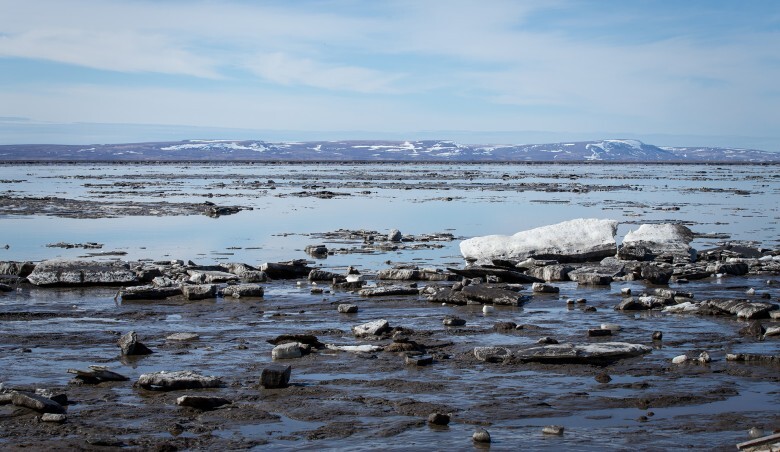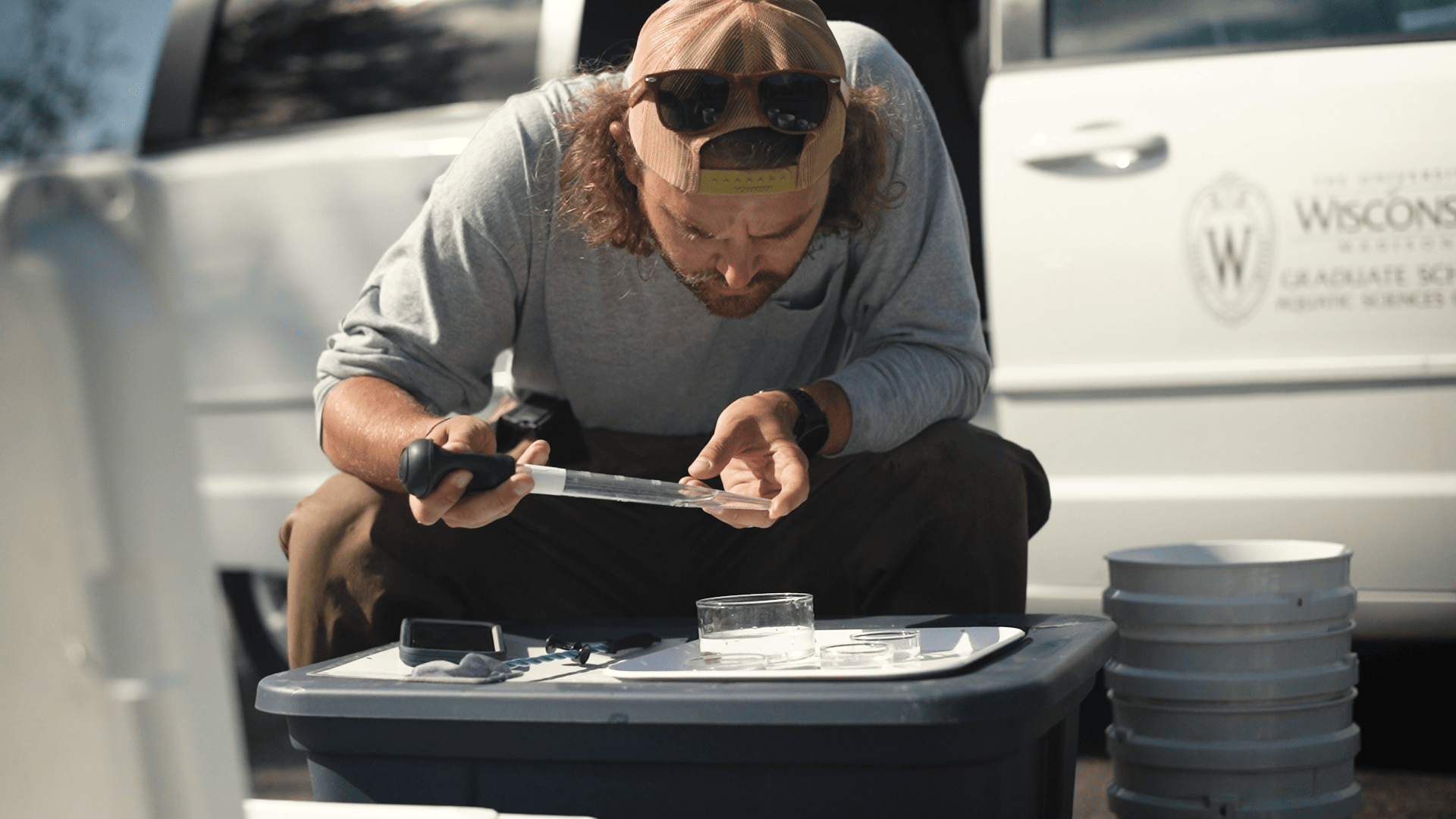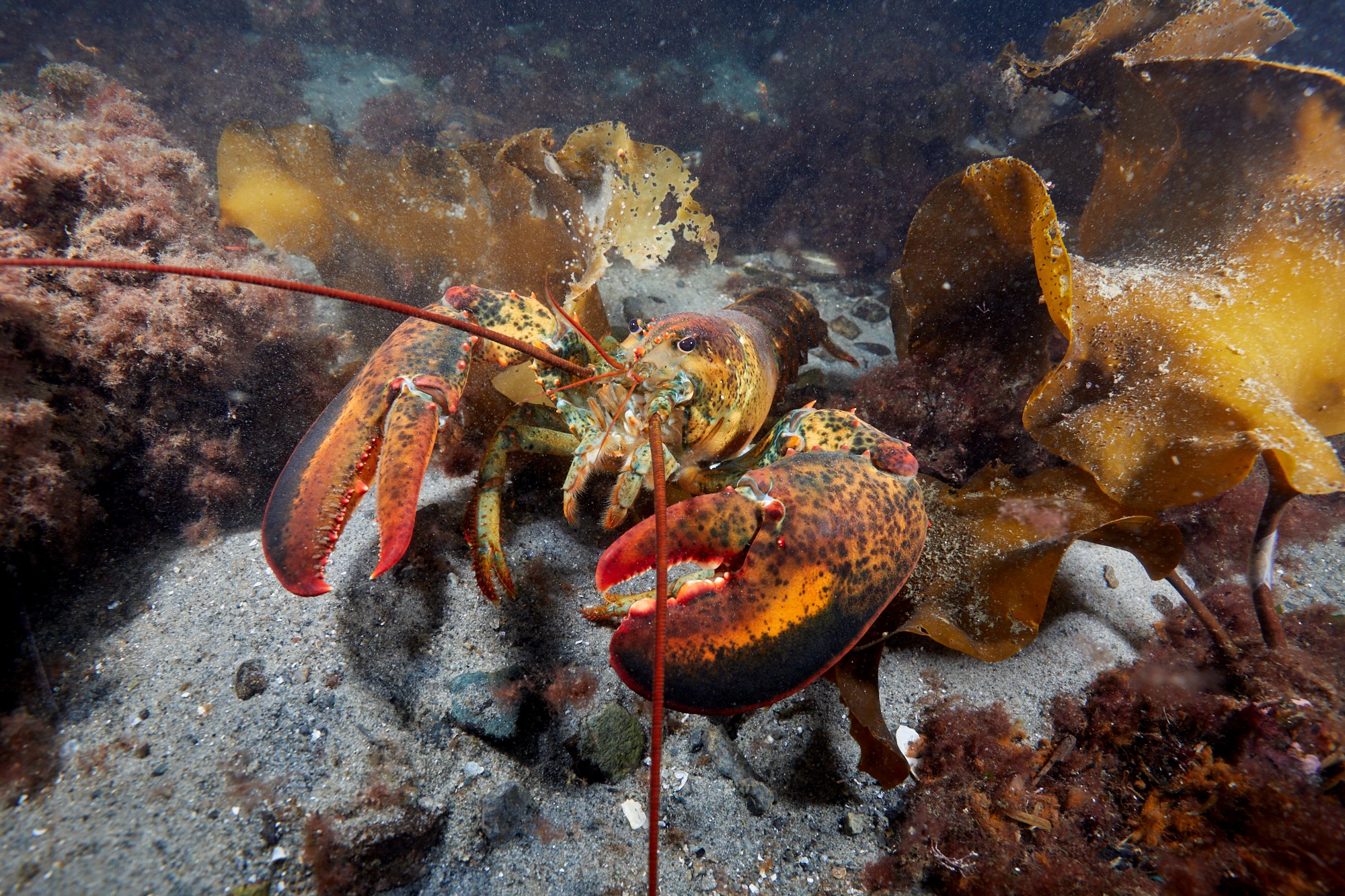By Pat Kight, Oregon Sea Grant
CORVALLIS, Ore. — George Waldbusser’s interest in shellfish dates back to his roots in New York City.
“New York Harbor was an amazing estuary, historically, for shellfish and other seafood production,” said Waldbusser, a professor of ocean ecology and biogeochemistry at Oregon State University. “By the time I was growing up, that had declined dramatically. I wanted to learn about what had caused that decline.”
At the University of Maryland’s Chesapeake Biological Laboratory, Waldbusser focused on the biogeochemical makeup of marine sediments and how organisms that live and feed in the muck affect it. During his final years there, he began examining how ocean acidification impacts clams and oysters. Ocean acidification refers to a reduction in the pH of the ocean over time, caused primarily by uptake of carbon dioxide from the atmosphere.
In 2009, when Waldbusser arrived at OSU, he saw the effects of ocean acidification firsthand. One of the nation’s largest producers of Pacific oyster larvae, the Whiskey Creek Shellfish Hatchery, was in trouble. In 2007 the hatchery had experienced a massive, mysterious die-off of oyster larvae. Growers at first suspected a bacterium (Vibrio tubiashii) known to be lethal to oysters. When the growers’ own investigation showed that unlikely, they got in touch with Burke Hales, a professor of ocean ecology and biogeochemistry at OSU. Hales and the hatchery personnel enlisted Waldbusser’s expertise.
Their verdict, after months of observation, testing and analysis: The hatchery’s larvae were being killed by the seawater drawn into the facility’s tanks from nearby Netarts Bay. Put simply, the seawater’s low-pH and saturation state — the hallmark of ocean acidification — was making shell production too energetically costly to the shellfish. No shells, no oysters.
Working closely with the hatchery, Hales and Waldbusser, who both have conducted research funded by Oregon Sea Grant, developed a mechanism that added measured doses of soda ash (sodium carbonate) to the hatchery’s intake water when testing found the water’s chemistry out of balance. The idea was to mitigate the acidification to a level where oyster larvae could survive. It worked, but long-term questions were raised by the Whiskey Creek experience and subsequent research.
“We know that the production failures Northwest hatcheries were having back then were largely due to ocean acidification,” Waldbusser said. “We know that acidification matters in the coastal zone — although some still question whether this relatively small, baseline shift in carbon dioxide levels can have a real impact on such large, complex environments.
“But we’re learning that even very small changes in chemistry can fundamentally change the system and its ability to buffer itself. What may seem like small changes are actually quite large. We’ve seen a 30 percent change in the acidity of the ocean since the beginning of the Industrial Revolution. That’s a lot, and those effects are magnified in coastal zones.”
There’s a lot left to learn, he added. “How do we understand what organisms experience versus what we are able to measure?” he asked. “What are the mechanisms of acidification stress on these organisms? We need to look at the entire life cycles of organisms until we fundamentally understand what’s going on — and what that will mean to the people, communities and industries that depend on these resources.”
What could help, he said, are multi-generational studies of specific organisms, which might provide some context as to how they may or may not evolve. With support from Oregon Sea Grant, Waldbusser is leading projects that include developing stress models for oyster larvae, examining the potential for sea grass and shells to offset acidification effects in newly planted oysters, and adapting microscope techniques for growers so they can better monitor the fitness of young oysters.
Learn More:


